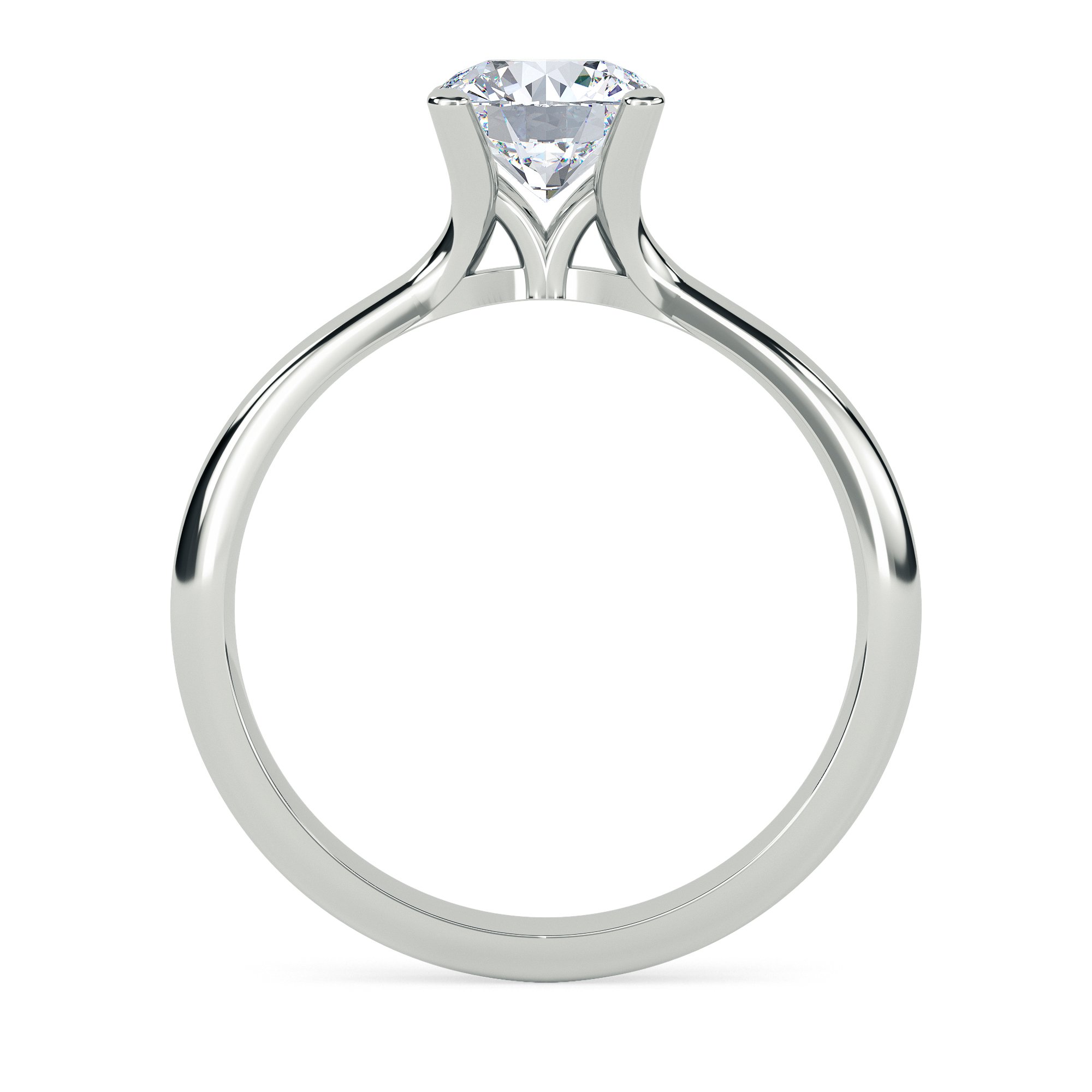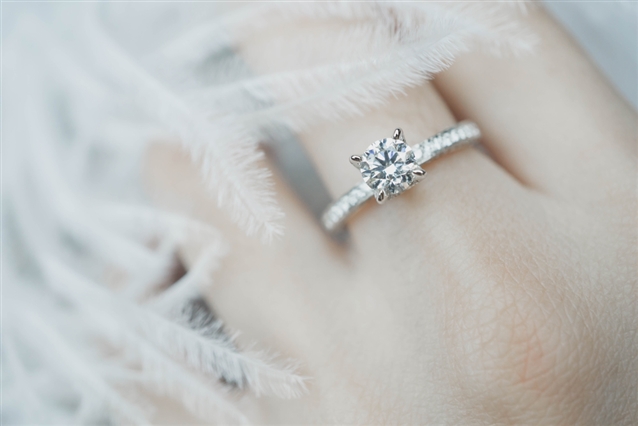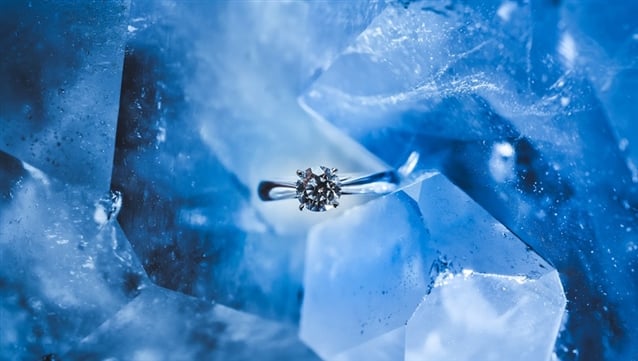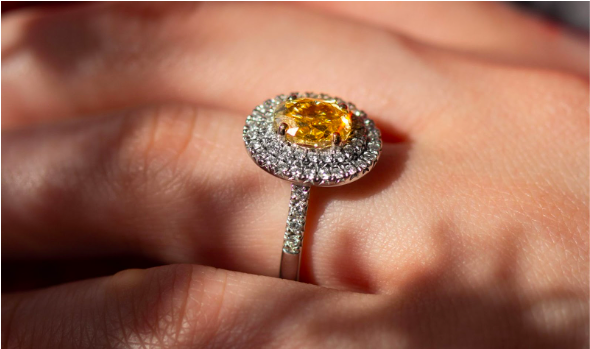Understanding Diamond Certifications - The History of the GIA Scale
A GIA certified Diamond ensures that you’re buying a high quality diamond that will shine brilliantly in your jewellery.
When you go to buy diamond jewellery online or in store, you have more options than ever before when it comes to choosing the right gemstone or diamond. However, when you choose to buy a GIA certified diamond, your jewel will be graded under a Diamond Grading System and on the 4C's.
Any diamond you buy that's been graded by GIA scale will come with an independent grading report, to ensure the quality of the diamond. But what is the GIA grading system, and how did it become a universal method to certify diamonds? Here's everything you need to know about diamond certifications and the history of the GIA scale.
The History of the Gemological Institute of America (GIA)
The Gemological Institute of America was founded in 1931 by Robert M. Shipley. This nonprofit institute is dedicated to research and education in the fields of jewellery arts and gemology. The GIAs mission is simple - to protect all buyers and sellers of gemstones through a set of maintained standards that evaluate the quality of the jewels being sold.
The GIA Diamond Grading System
The international Diamond Grading System was developed by the GIA in 1953, along with the 4Cs. This system became a standard way in which reputable diamond sellers and jewellers compare and evaluate the quality of diamonds.
The History of Diamond Grading
Diamonds have been around for billions of years, with records dating back to 4th Century BC in India documenting their discovery.
The GIA Diamond Grading System and 4C's is a very recent standard, introduced in the last 65 years. Before this universal system, jewellers and diamond sellers used a variety of methods to quantify and qualify diamonds.
In early 19th century, jewellers used the numerals I, II, III and IV to stipulate the quality of a diamond. In the late 1800s they introduced AAA, AA and A to indicate a diamond's quality. Alongside this, short descriptions were used to describe the quality of a diamond but this differed from region to regions. As there wasn't a universal grading system for diamonds, the quality control of diamonds on a global scale became incredibly challenging.
How Does the GIA Grading System Work?
As we mentioned earlier, the GIA Grading system is now a universally accepted scale and relies on the 4C's in order to determine the quality of a Diamond. They are the following:
-
Colour
-
Cut
-
Carat
-
Clarity
How Does the GIA Clarity Grading System Work?
The GIA Clarity Scale consists of 11 grades, and the majority of diamonds fall into VS (very slightly included) or SI (slightly included). When it comes to dictating a diamond's clarity grade, the GIA system looks at the following:
-
Size
-
Nature
-
Position,
-
Colour or relief
-
Quantity of clarity characteristics visible under 10× magnification.
The Clarity of a Diamond is determined on the following:
-
Flawless (FL) - No inclusions or blemishes are visible to a skilled grader under a 10× magnification.
-
Internally Flawless (IF) - No inclusions - only blemishes are visible to a skilled grader under a 10× magnification.
-
Very, Very Slightly Included (VVS1 and VVS2) - Inclusions are difficult for a skilled grader to see using 10× magnification.
-
Very Slightly Included (VS1 and VS2) - Inclusions are minor, ranging from difficult to somewhat easy for a skilled grader to see using 10x magnification.
-
Slightly Included (SI1 and SI2) - Inclusions are noticeable to a skilled grader under 10x magnification.
-
Included (I1, I2, and I3) - Inclusions are obvious under 10× magnification and may affect transparency and brilliance
The cost of the diamond depends on the clarity of the diamond and different cuts will hide blemishes and inclusions.
How Does the GIA Colour Grading System Work?
The GIA Colour Scale looks at the actual colour and tint of the Diamond in question. This colour scale looks at how colourless the diamond is and grades it accordingly:
-
D, E, F - Colourless.
-
G, H, I and J - Near colourless.
-
K, L, M - Faint colour.
-
N, O, P, Q, R - Very light colour (visible tint).
-
S, T, U, V, W, X, Y, Z - Light colour (a brown or yellow tint).
When diamonds are formed they come in an array of colours. Intense pink diamonds and blue diamonds are very rare, with red diamonds the most rare. These ‘fancy' coloured diamonds are not graded using the D to Z scale, but are graded on their hue. This focuses on the actual colour of the diamond and any secondary colours.
How Does the GIA Cut Grading System Work?
The GIA Cut Grading System looks at the cut of the diamond and assigns it a grade:
-
Excellent - The visual appearance of the diamond is maximised by the cut, as it has the best dimensions and proportions, ensuring an excellent return of light.
-
Very Good - The majority of light entering the diamond is properly reflected, giving the stone brilliance and fire.
-
Good - A lot of the light entering the diamond is reflected.
-
Fair - The sparkle of the diamond is low - a lot of light escapes.
-
Poor - Most of the light escapes from a poorly cut diamond, with the base and sides of the gem appearing dull.
The quality of the cut of the diamond will affect the overall cost of the diamond in question.
How Does the GIA Carat Grading System Work?
The GIA carat grading scale looks at how much the diamond weighs in carats. The diamond is measured to the thousandth of a carat and then rounded to the nearest one hundredth. Jewellers use specialised tools in order to ensure precise measurements.
Other Types of Diamond Certification
Legally, diamonds do not have to be certified before they are sold. Whilst the GIA Scale is a universal method, there are other types of Diamond Certifications available. These are:
IGI
The IGI stands for the International Gemological Institute and was founded in 1975. The IGI also uses the 4C's to grade diamonds, both colourless and fancy coloured diamonds.
AGI
The Antwerpse Gemologische Instelling has been grading diamonds since 1958 and also focuses on the 4Cs. The certification will contain a detailed quality description of the diamond in question.
GIE
The Gemological Institute of Europe has been grading diamonds for 30 years, and uses the 4Cs as the scale in which they measure the quality of diamonds.




 Twitter
Twitter
 Synthetic Diamonds vs Real Diamonds
Synthetic Diamonds vs Real Diamonds Which Countries Export the Most Diamonds?
Which Countries Export the Most Diamonds? How to Choose the Perfect Yellow Diamond
How to Choose the Perfect Yellow Diamond